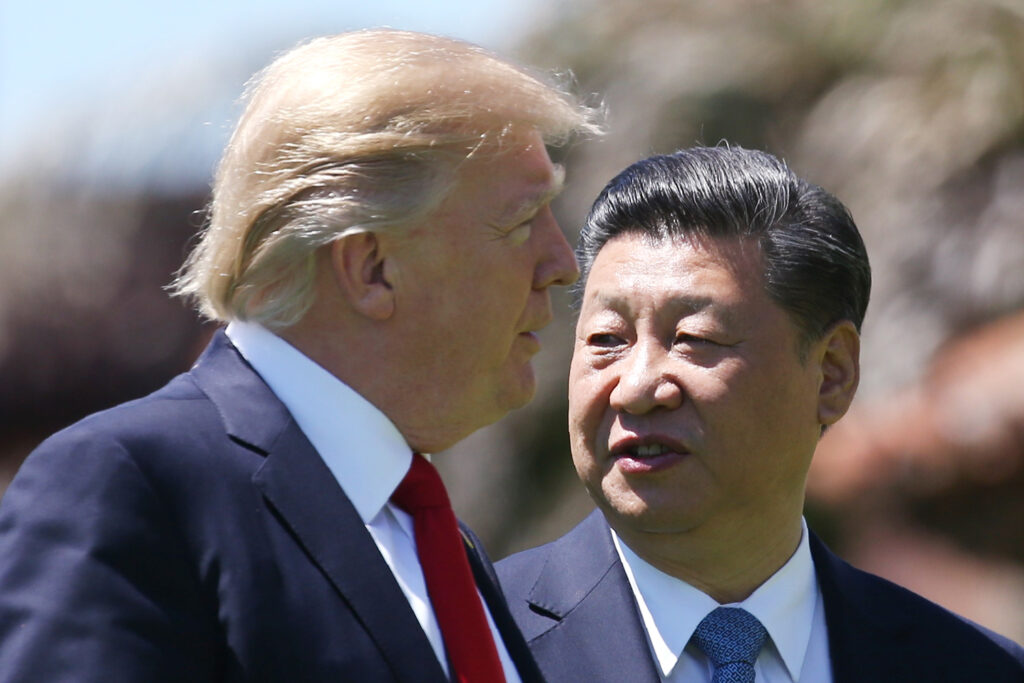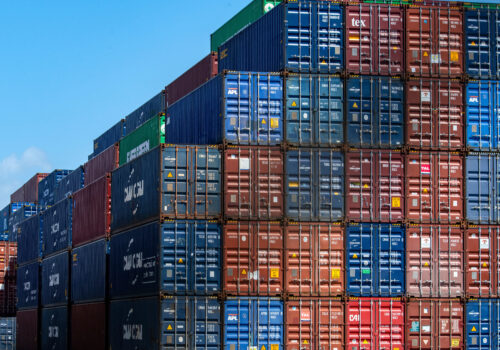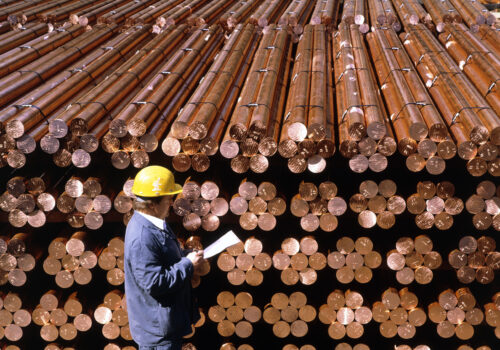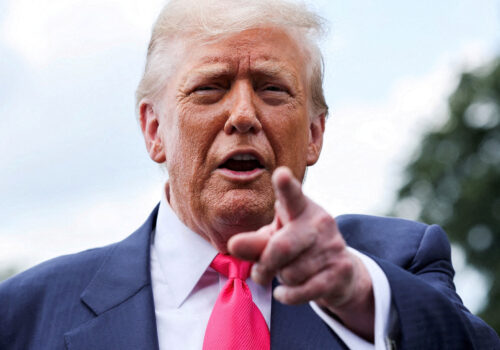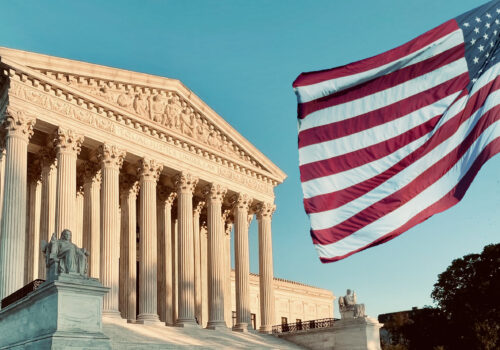The big question in Washington this weekend, following the latest exchange in the US-China trade war: What went wrong?
On Thursday, China announced sweeping new export controls on rare earths, and the following day, US President Donald Trump threatened to reinstate 100 percent tariffs on Chinese goods (on top of existing tariffs) and cancel his long-awaited meeting with Chinese President Xi Jinping.
That flurry of action came after a quiet summer, during which the world’s two largest economies put their trade war on hold and Trump said increasingly nice things about Xi. Just three weeks ago, the two leaders had what Trump called a “very productive” phone call, agreeing to finally meet face-to-face in South Korea at the end of October.
Then, on September 29, the US Department of Commerce issued the so-called “affiliates rule,” which—as an interim final rule—went into effect immediately, without full notice and comment. It placed export controls on thousands of foreign companies that are 50 percent owned or controlled by listed entities. Even though the rule doesn’t mention China, Chinese companies are on the lists, so the measure directly affects them.
Beijing viewed the move as a violation of the spirit of Geneva, where US Treasury Secretary Scott Bessent and his counterpart, He Lifeng, brokered a temporary truce in May. So on Thursday, China added five new elements to its rare-earth licensing regime. Remember, this is the same authority that caused supply shortages at Ford factories in Michigan in June—and arguably pushed Trump and Xi to the negotiating table in the first place.
Trump, of course, reached for his favorite tool in response: tariffs. And now, many are watching to see whether Asian markets dip on Monday into what could be their biggest drawdown in months. Trump, perhaps wary of the market reaction, posted on Truth Social on Sunday, “Don’t worry about China, it will all be fine! Highly respected President Xi just had a bad moment.”
Learn more about Trump’s novel tariff policy
But there’s something I think analysts are missing in all of this: the Supreme Court.
Why did China feel it could respond so aggressively? Perhaps it miscalculated, expecting Trump to hold back. Or perhaps it is thinking past October. In the first week of November, the first case over the US president’s use of tariffs goes before the Supreme Court—within days, if not hours, of Trump and Xi’s scheduled (and not yet canceled) meeting in South Korea.
The US president’s leverage for the meetings could be undercut in real time, depending on justices’ comments during oral arguments, which may indicate how the court will rule. The very tool Trump turned to on Friday, the 100 percent tariff threat on Beijing, might not even be available to him once the court makes its decision (likely in the coming months).
And while the Trump team insists it has a range of backup plans, none is as potent as the US president’s trade powers under the International Emergency Economic Powers Act. That’s why the White House has leaned so heavily on the law.
Sometimes it’s helpful to take a step back and look at the whole board. If everyone is confused about why China made such a seemingly rash move, it’s worth asking what else they might be watching. My bet: They’re watching the Supreme Court.
Josh Lipsky is chair of international economics at the Atlantic Council and the senior director of the Atlantic Council’s GeoEconomics Center.
This post is adapted from the GeoEconomics Center’s weekly Guide to the Global Economy newsletter. If you are interested in getting the newsletter, email SBusch@atlanticcouncil.org.
Further reading
Tue, Aug 5, 2025
A tale of two supply chains: Comparing Trump’s new copper tariffs and rare earth investments
New Atlanticist By Alexis Harmon, Reed Blakemore
Two recent interventions by the Trump administration highlight the importance of tailoring mineral policy on a case-by-case basis.
Fri, Aug 1, 2025
How Donald Trump remade global trade
New Atlanticist By Josh Lipsky
The US president has smashed the system, but the speed and scale of the smashing owes to a system that had been growing increasingly brittle for years.
Tue, Sep 16, 2025
The Supreme Court’s decision on Trump tariffs will have lasting impact on US economic statecraft
Econographics By
Regardless of how the Supreme Court rules, the case will shape US economic policy for years to come.
Image: US President Donald Trump and China's President Xi Jinping walk along the front patio of the Mar-a-Lago estate after a bilateral meeting in Palm Beach, Florida, on April 7, 2017. Photo via REUTERS/Carlos Barria.
